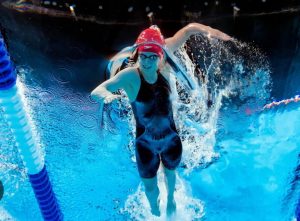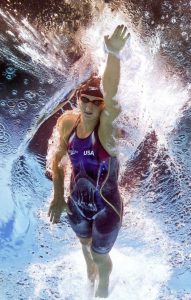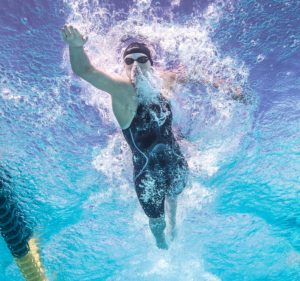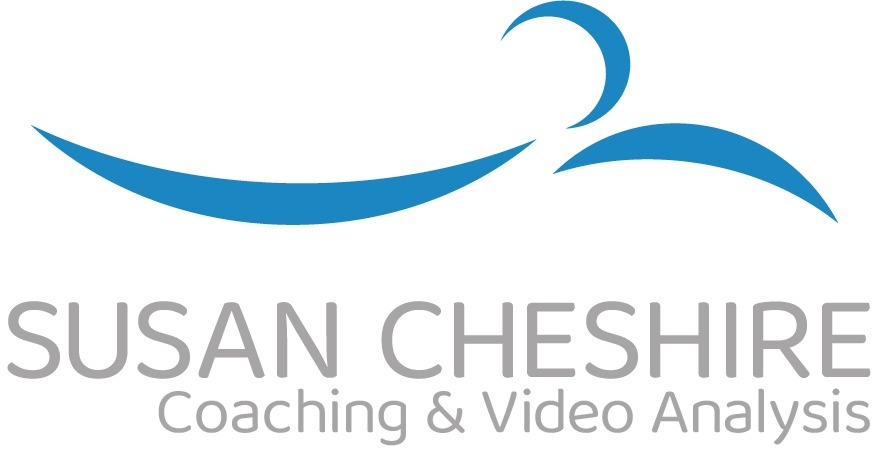The Swimmer – carve and create your own Greek Sculpture
During a lesson Anthony acknowledged not only the improvement of his forward momentum, but his brilliant comment mid practice – it’s like a Greek Statue!
Recent visits to Rome and Athens with my daughter, who is studying A Level Classics, have really brought text books to life.
I found myself mesmerised and in wonder by the sculpture and temples.
(On our way to the Temple of Poseidon it would have been rude not to unleash our inner mermaids)
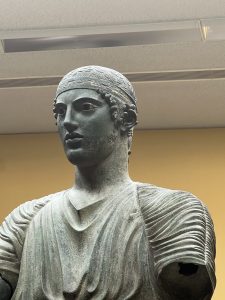
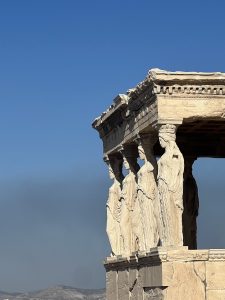
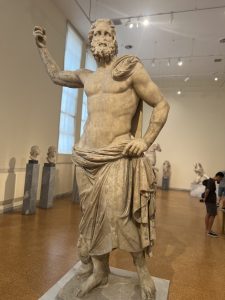
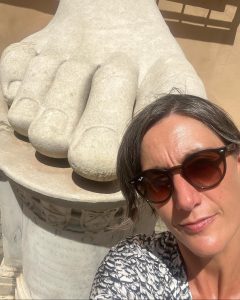
Greek artists captured the human form in a way never seen before where sculptors seemed particularly concerned with proportion, poise, and the idealised perfection of the human body. Greek sculptural pieces in stone and bronze have become some of the most recognisable pieces of art ever produced by any civilisation and the Greeks vision of the human form has been much copied ever since.
Rather static figures slowly evolved, with ever greater details added to hair and muscles, figures slowly began to come to life.
Arms become slightly bent giving them muscular tension and one leg (usually the right) is placed slightly more forward, giving a sense of dynamic movement to the statue.
Around 480 BC, the last ever kouroi become more life like, the weight is carried on the left leg, the right hip is lower, the buttocks, the shoulders more relaxed, the head is not quite so rigid and there is the hint of smile.
Sculptors were creating what they actually observed in real life.
(www.worldhistory.org)
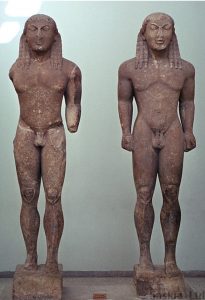
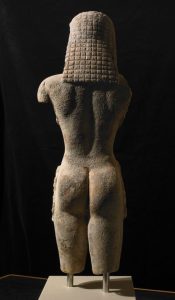
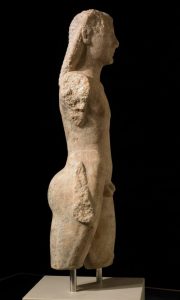
In marble, the discus thrower suggests powerful muscular motion caught for a split second, like a photo. For me it represented this earliest understanding of human movement. The importance of balance, poise, a sling system and rotation to release and project the direction of force and conserve momentum.
Take a still of the worlds best athletes and see them in poses ready to release momentum and how the limbs as levers respond to their rotational force. (Olympian Cate Campbell in photo below)
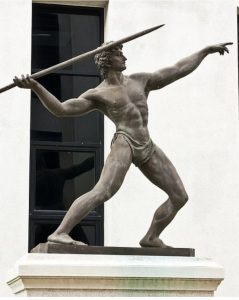
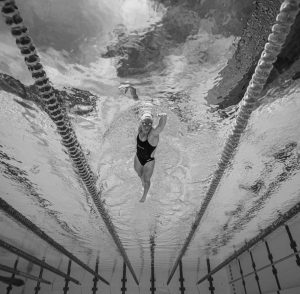
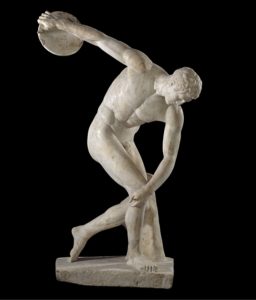
Look at these swimmers…
Like the sculptures, a still photo captures a hip that is lower, with whole body rotation through hips and shoulders, the buttocks, shoulders more relaxed, the head is not quite so rigid, maintaining momentum, poised, ready to release and direct force through forward rotation….
Unlike the sculptures, huge muscles are not required, best to finesse your structure and shape, allowing you to move through the water with greater ease and efficiency and sync your movements to the core rotation for more effortless power.
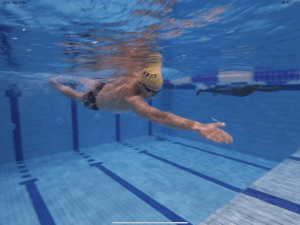
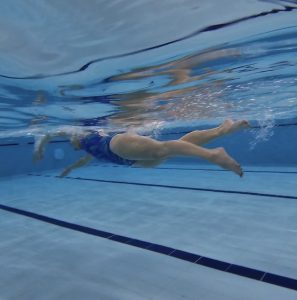
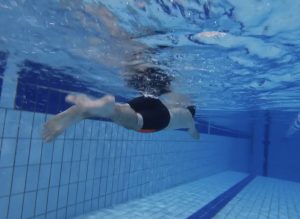
…and there is the hint of a smile!
(Images of Katie Ledecky; holder of seven Olympic Gold Medals and 21 world championship gold medals, the most in history for a female swimmer. Ledecky is the world record holder in the women’s 400 metre freestyle (long course). She is widely regarded as the greatest female swimmer of all time and one of the greatest Olympians of all time. 2023)
